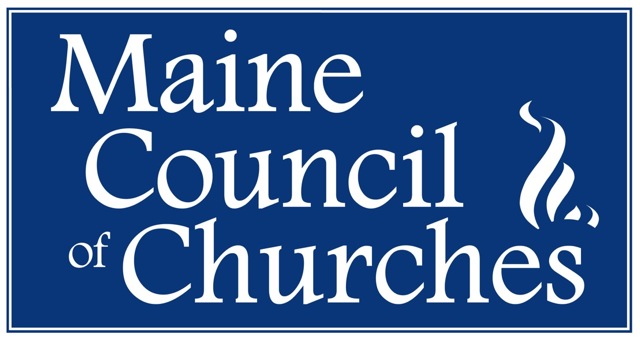Torture Quiz and Answers
1. In Maine (and elsewhere), which of these terms have been used for “solitary confinement”? (Multiple Choice)
- Segregation (administrative or disciplinary)
- Maximum security
- Administrative control unit
- Protective custody
- Special management unit
- Restrictive housing
- Special housing unit (SHU)
- Intensive mental health unit
- Isolation
- Lockdown
Answer: All these names but one have been used for “solitary confinement”. The one that is not a name for solitary confinement is “intensive mental health unit”.
2. Solitary confinement that lasts more than 15 days is recognized by the UN and other human rights organizations as torture (True/False)
- True
- False
Answer: True
3. Inflicting solitary confinement on those with mental or physical disabilities is prohibited under international law (True/False)
- True
- False
Answer: True
4. The Mandela Rules are a revised minimum standard of UN rules that defines solitary confinement as the confinement of prisoners for 22 hours or more a day without meaningful human contact.” (True/False)
- True
- False
Answer: True
5. According to the United Nations, “dehumanizing conditions of detention… are routinely used by US correctional facilities, particularly against inmates designated as high risk due to previous gang affiliations, behavior abnormalities or mental conditions.” (True/False)
- True
- False
Answer: True
6. The severe and often irreparable psychological and physical consequences of solitary confinement and social exclusion are well documented. (True/False)
- True
- False
Answer: True
7. Although the Maine Department of Corrections has made great strides in decreasing the number of people it holds in conditions of solitary confinement, both jails and prisons in Maine have units that meet the United Nations definition of solitary confinement and cause lasting harm to the people they house. (True/False)
- True
- False
Answer: True
8. In 2022, Maine had more people die while housed in jail or prison than ever before. Most of those people were housed in solitary conditions. (True/False)
- True
- False
Answer: True
9. The risk of solitary confinement by age 32 for black men is more than 8 times the risk for white men, and Latinos are 2.5 times as likely as white men to have been held in solitary confinement. (True/False)
- True
- False
Answer: True
10. In Maine and across the country solitary confinement was very infrequently used prior to 1985. (True/False)
- True
- False
Answer: True
11. People in these situations are excluded from being placed in prolonged isolation (solitary confinement) in Maine’s prisons and jails:. (Multiple Choice)
- Behavioral infractions such as talking back to a guard
- Having a diagnosed mental health disorder
- Being a prisoner who might be harmed by other prisoners
- Being a prisoner who may harm other prisoners or guards
- Having a substance use disorder
- Being pregnant
- Being over 65
- Being under 18
- All of the above
- None of the above
Answer: None of the above
12. Nationally in the United States, how many people are in solitary confinement every day? (Multiple Choice)
- 8,000 to 10,000
- 10,000 to 20,000
- 20,000 to 30,000
- 30,000 to 80,000
Answer: 30,000 to 80,000
13. Approximately what percent of people held in Maine prisons and jails and nationally are ill with mental health, substance use, or other serious medical conditions? (Multiple Choice)
- 20%
- 30%
- 50%
- 60%
Answer: 60%
- How many states have an independent oversight board to ensure transparency of care and data at corrections facilities? (Multiple Choice)
• 35 – 50
• 20 – 35
• 10 – 20
• 0 – 10- Answer: 0-10

